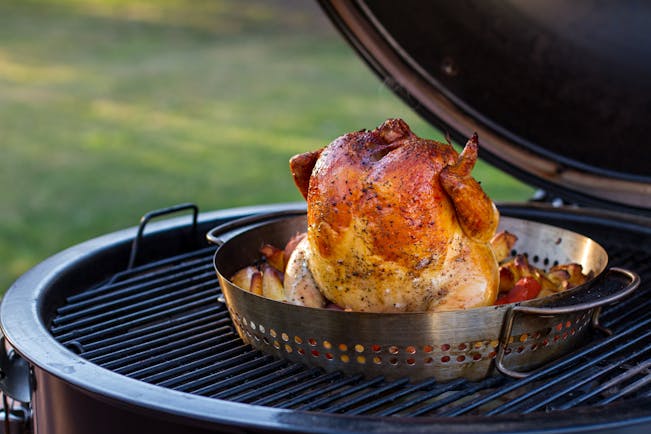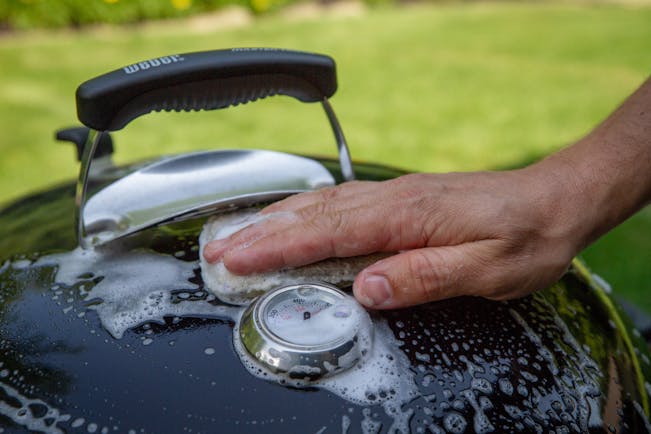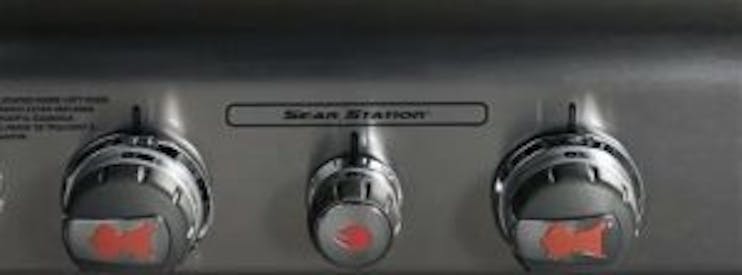Save on select Weber Works™ Accessories* Shop Now.
Ribs 101
Ribs…. I don’t think I know a single person who doesn’t like ribs. Whenever I have a BBQ with my family and friends, I always get asked, “Are you making ribs?” They know it’s one of my specialties, and everyone loves them.
There are a great variety of ribs to choose from: pork baby backs, spare ribs, country ribs, beef short ribs, beef back ribs, even lamb riblets for a great appetizer!
Pork Back Ribs
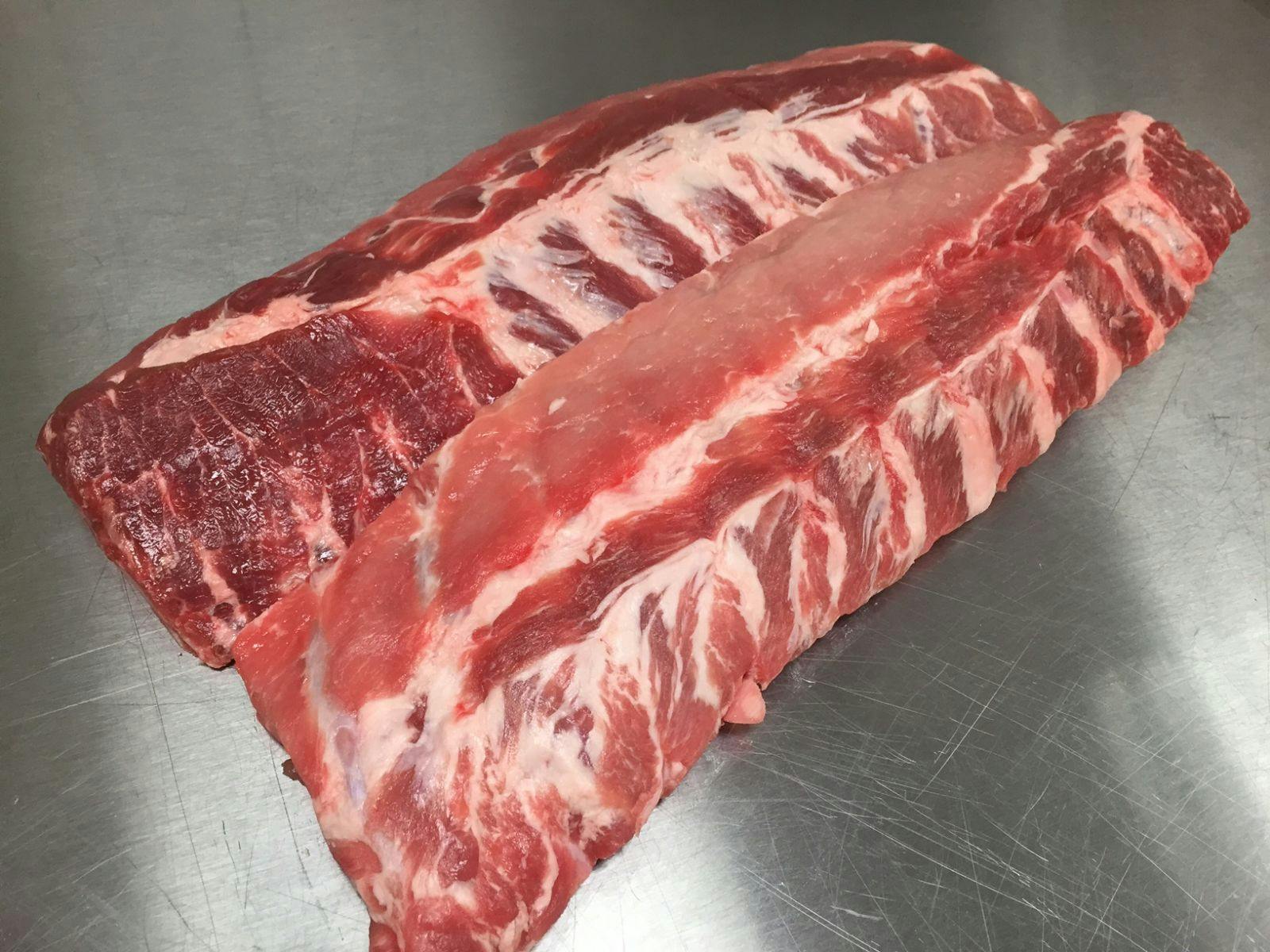
Pork Spare Ribs
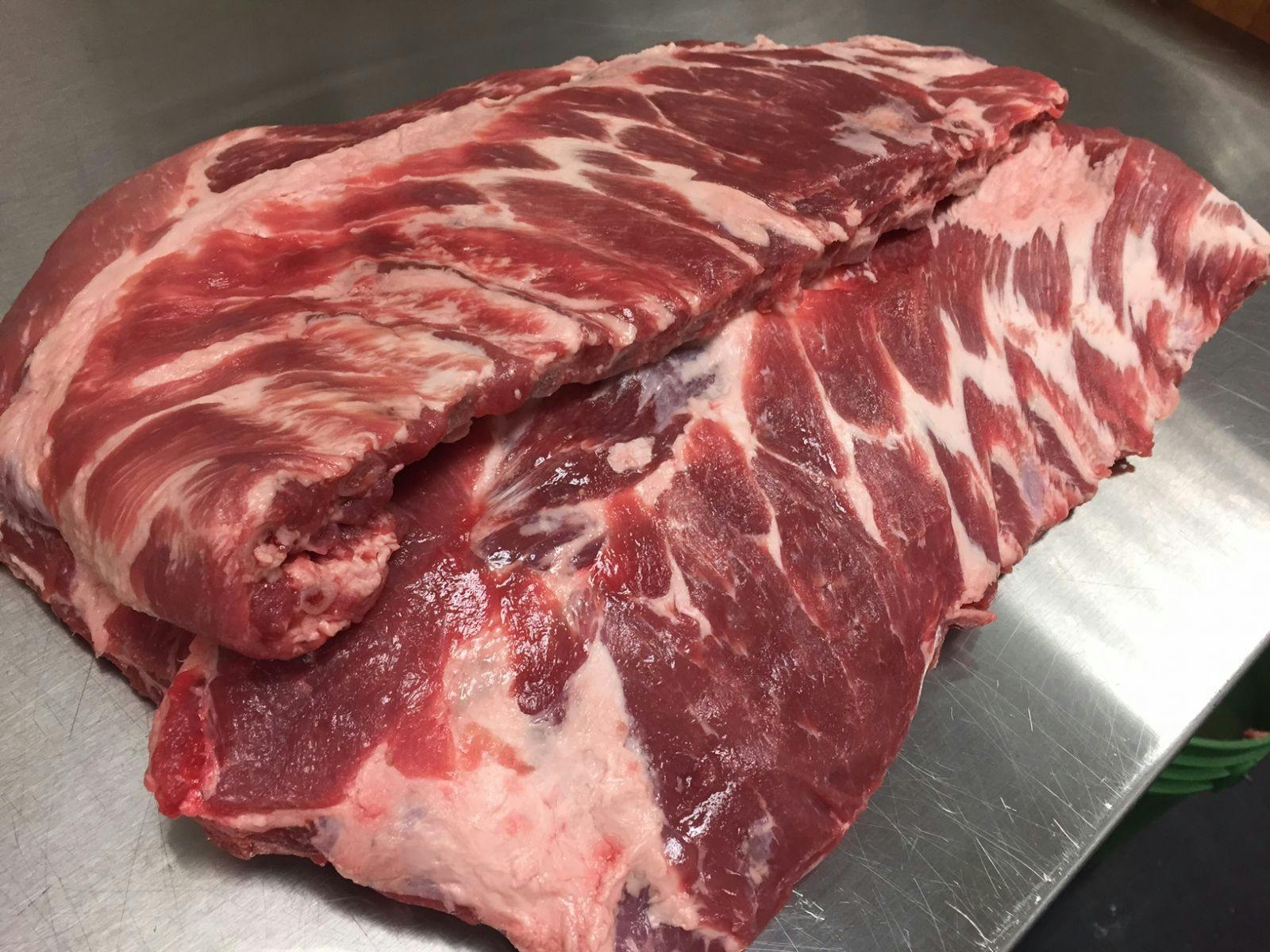
Pork Country Ribs
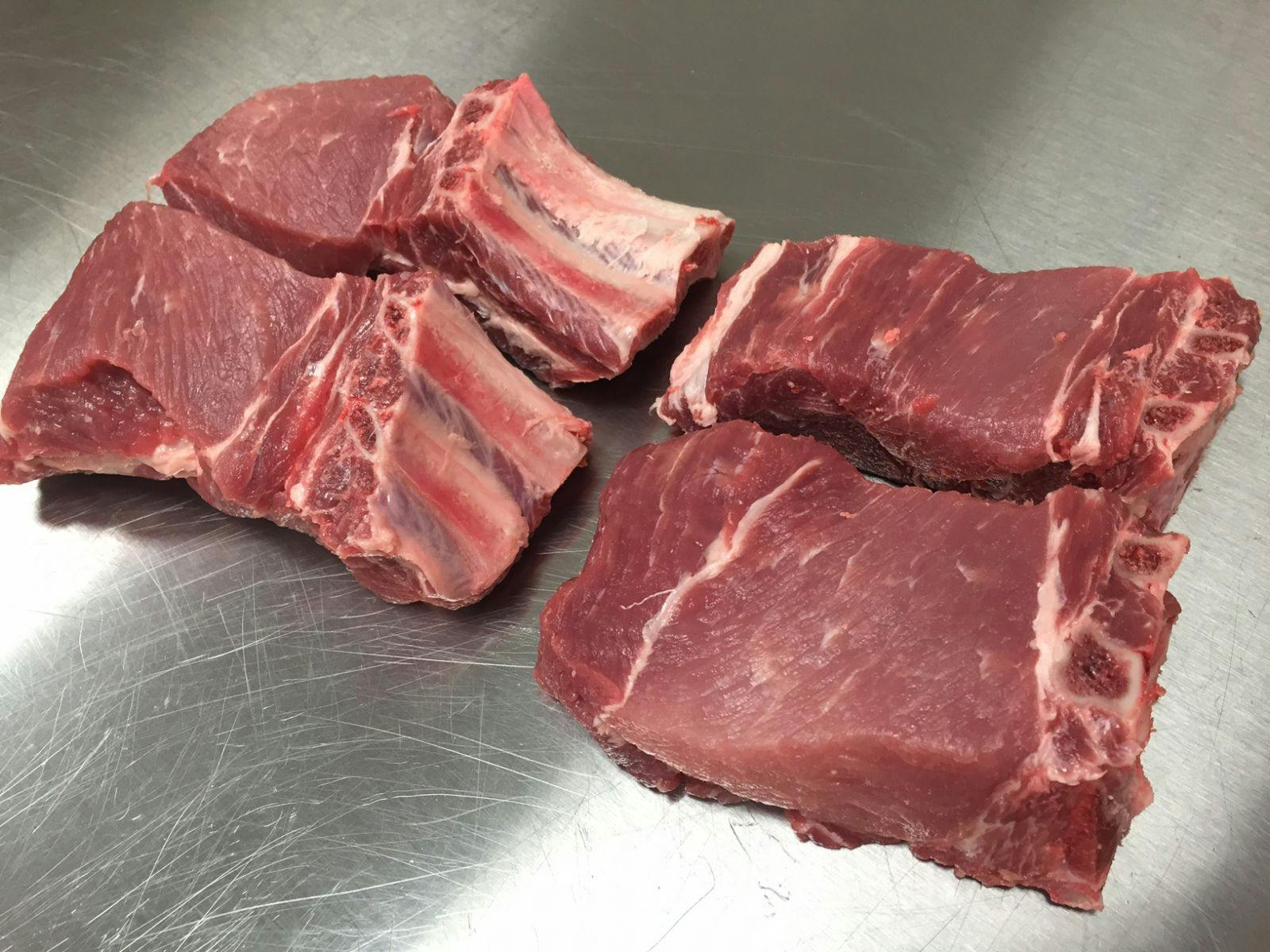
BEEF RIBS
There are two major beef cuts of ribs: beef short ribs and beef back ribs. There are thirteen ribs on a steer - five on the chuck (shoulder), seven on the rib, and one on the short loin.
Beef Back Ribs
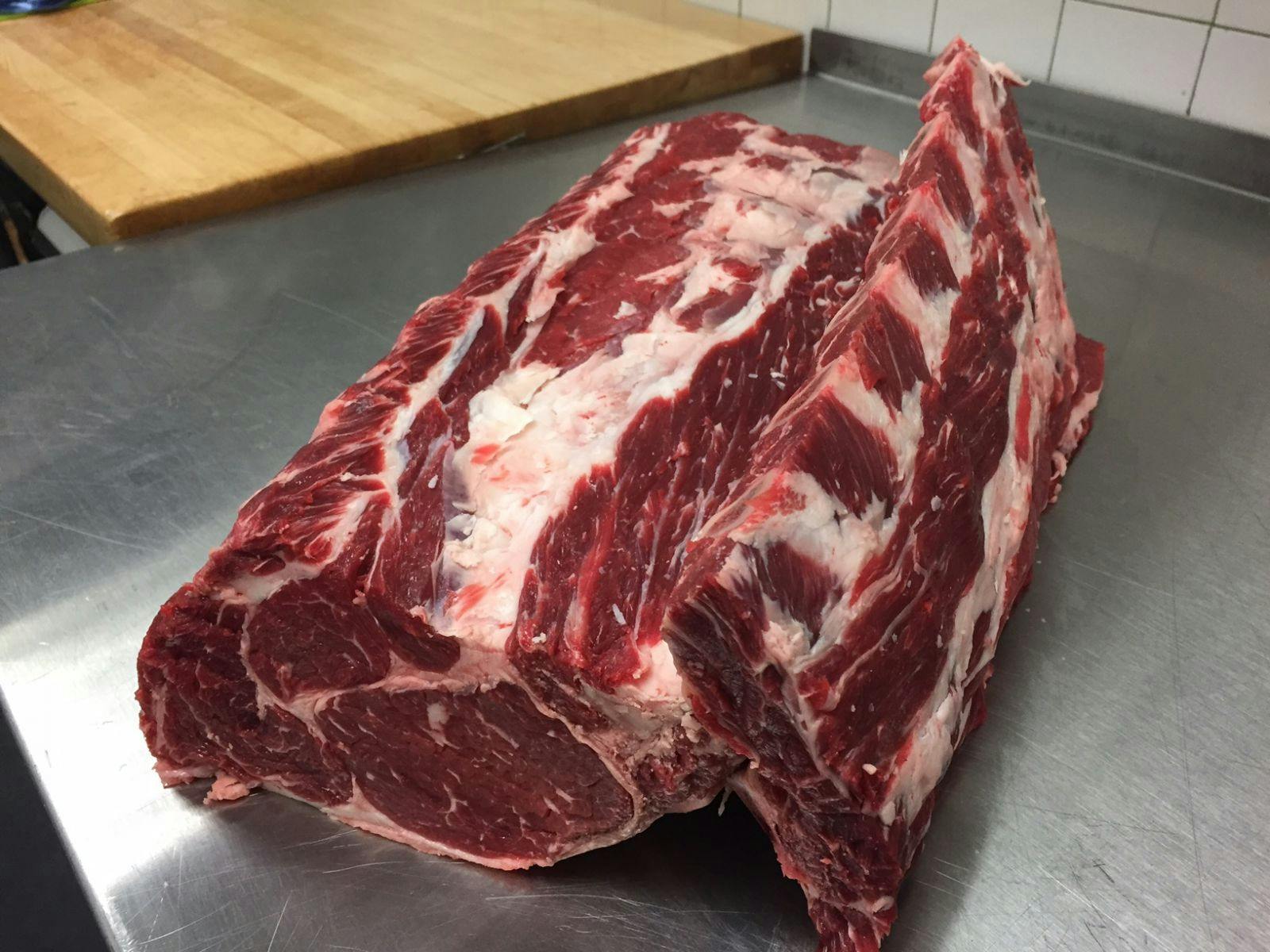
Beef Short Ribs
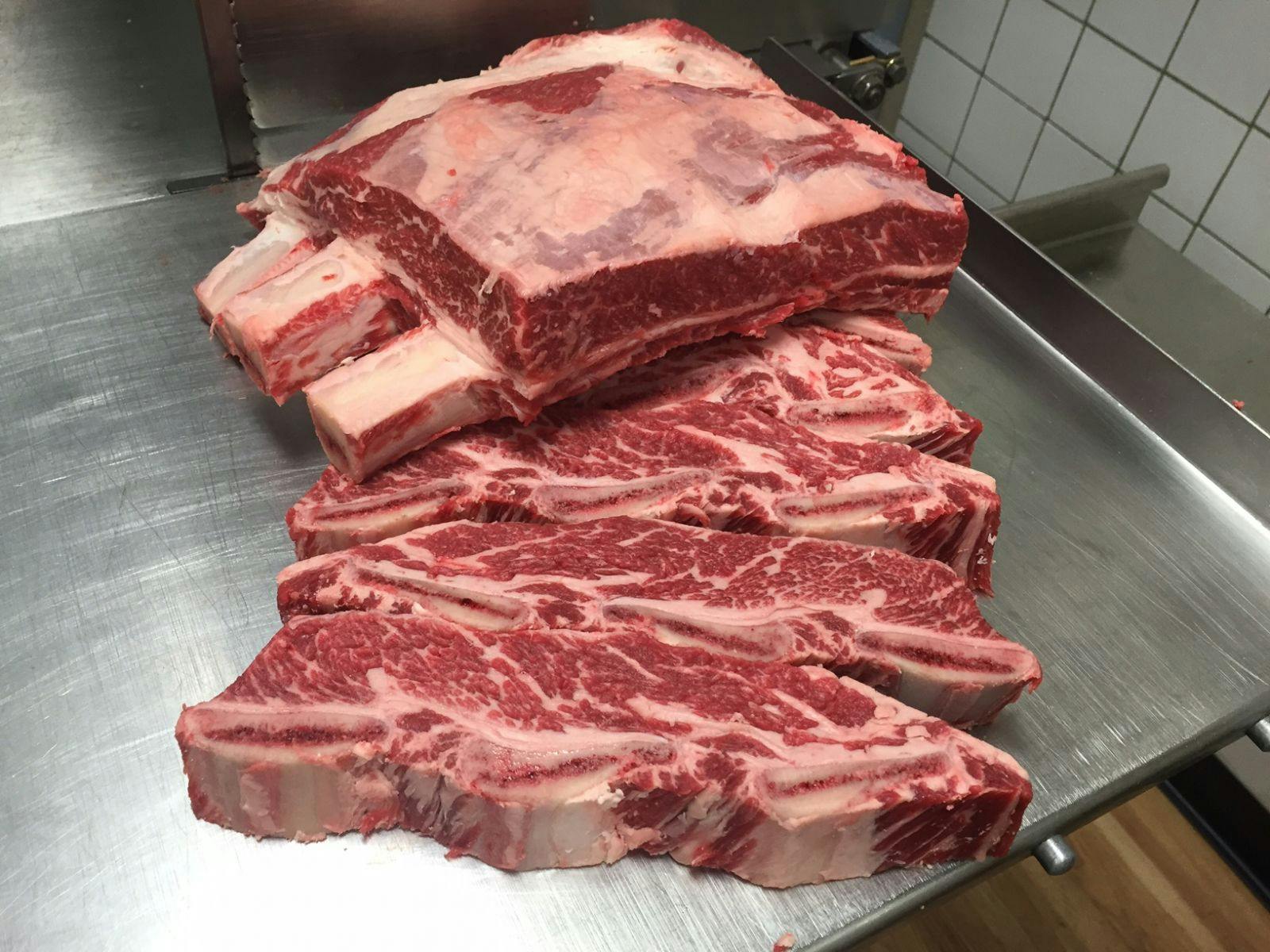
When picking out your ribs, look for an even amount of meat over the ribs. You don’t want a large amount of meat on one end and little to no meat on the other end. The ribs should be a light color with even marbling across them.
If you find rib bones with no meat, they may fall out during the cooking process. Remember to remove the skin or membrane on the back of the back ribs and spare ribs prior to grilling.
Whatever type of ribs you choose for your next BBQ I’m sure they will be delicious! Grill on!

